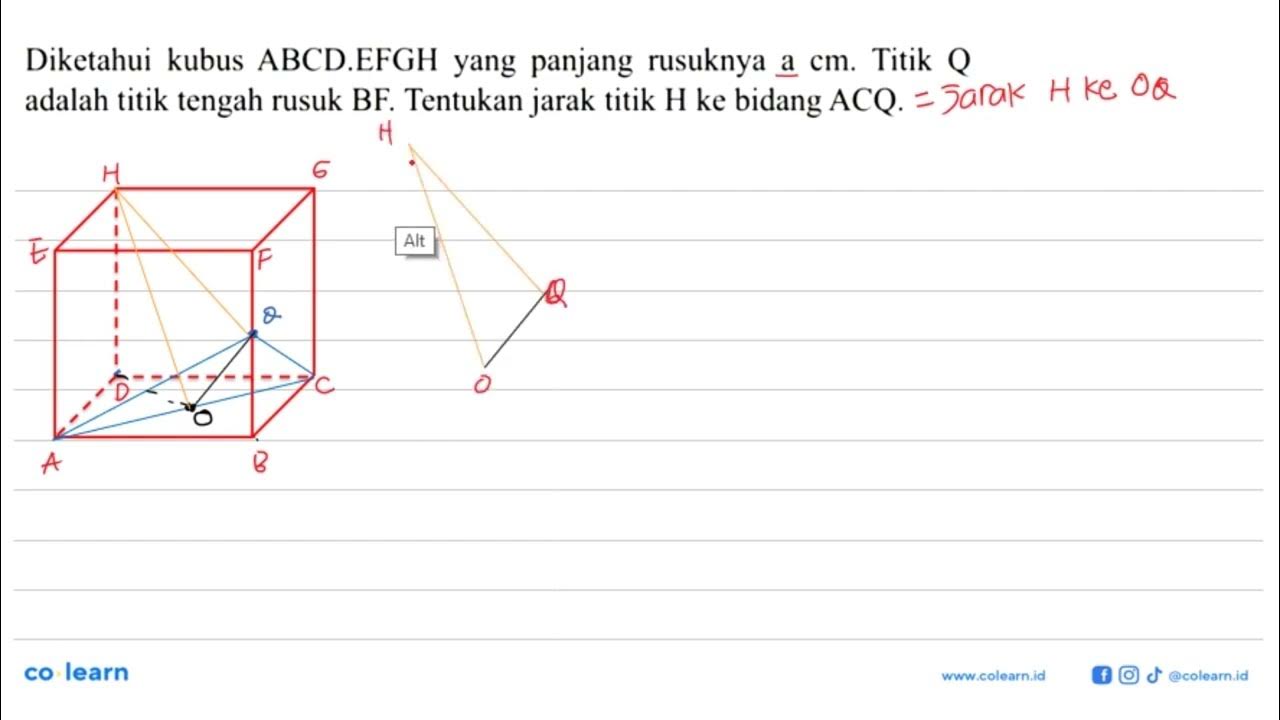What is 5 x W + 1H?
Summary
TLDRThe script discusses the process of identifying root causes in problem-solving using the 'Five Times W plus One H' questioning technique. After narrowing down potential causes through brainstorming or an Ishikawa fishbone diagram, deeper analysis is needed. The technique involves asking six key questions: Who, What, Where, When, Why, and How, to explore the causes in more detail. Each question targets specific aspects related to inefficiencies (Muda), variability (Mura), and overburden (Muri), helping to uncover the root cause and guide effective solutions.
Takeaways
- 😀 Five Times W plus One H is a questioning technique used to identify the root cause of a problem.
- 😀 The technique consists of asking Who, What, Where, When, Why, and How to explore potential causes in depth.
- 😀 The Ishikawa Fishbone Diagram can help visualize the relationship between causes, and this technique helps to dive deeper into each one.
- 😀 The goal is to search for the root cause by continually testing each potential cause with the 5W+1H questions.
- 😀 'Who' asks who is responsible for the task and whether they contribute to one of the three Ms: Muda (waste), Mura (unevenness), or Muri (overburden).
- 😀 'What' explores what must be done and identifies what is being done, which can also relate to the three Ms.
- 😀 'Where' focuses on where something should be conducted and whether it is being done in the correct place or manner.
- 😀 'When' asks about the timing of an action, particularly when an issue or one of the three Ms occurs.
- 😀 'Why' seeks to understand the reasoning behind a task, and why one of the three Ms is present in the process.
- 😀 'How' investigates the method or procedure used to complete the task, and how the three Ms manifest in the work process.
Q & A
What is the main purpose of using the 'Five Times W plus One H' questioning technique?
-The purpose of the 'Five Times W plus One H' technique is to dive deeper into the potential causes identified during the brainstorming or Ishikawa Fishbone diagram process, helping to identify the root cause of an issue.
What does the acronym 'Five Times W plus One H' represent?
-'Five Times W plus One H' represents the questions: Who, What, Where, When, Why, and How. These are used to explore the causes of an issue in detail.
How does the 'Five Times W plus One H' technique assist in problem-solving?
-The technique assists by systematically testing each potential cause with specific questions, allowing deeper investigation into each factor and leading to the identification of the root cause.
What are the 'Three Ms' referred to in the script?
-The 'Three Ms' refer to Muda, Mura, and Muri, which are terms used to describe waste: Muda (waste or unnecessary effort), Mura (unevenness or inconsistency), and Muri (overburden or stress).
What kind of questions should be asked when analyzing 'Who' in the 'Five Times W plus One H' technique?
-Questions related to 'Who' include: Who is responsible for this? Who causes one of the Three Ms, such as Muda, Mura, or Muri?
What does the 'What' question focus on in the problem-solving process?
-The 'What' question focuses on understanding what must be done and what is actually being done, helping to identify whether the correct action is being performed.
Why is it important to ask 'Where' in the problem-solving process?
-Asking 'Where' helps identify where a task or process is being carried out, which can reveal inefficiencies or problems tied to location or setting.
What kind of insight does the 'When' question provide?
-The 'When' question helps identify timing-related issues, such as when certain problems or inefficiencies occur, which may be tied to specific time frames or events.
How does asking 'Why' contribute to the investigation?
-Asking 'Why' helps to understand the reasoning behind actions or processes, identifying the underlying causes and addressing them effectively.
How does the 'How' question help clarify the method of working?
-The 'How' question clarifies the method or process by asking how tasks should be performed, which can highlight flaws in the process that contribute to inefficiency or waste.
Outlines

This section is available to paid users only. Please upgrade to access this part.
Upgrade NowMindmap

This section is available to paid users only. Please upgrade to access this part.
Upgrade NowKeywords

This section is available to paid users only. Please upgrade to access this part.
Upgrade NowHighlights

This section is available to paid users only. Please upgrade to access this part.
Upgrade NowTranscripts

This section is available to paid users only. Please upgrade to access this part.
Upgrade NowBrowse More Related Video

Title: How to Construct a Fishbone Diagram | Fishbone diagram | Invensis Learning

Физикл 2.0. Образ Жизни

O Diagrama de Ishikawa

180DC Academy | Module 1: Consulting 101

How to deal with PROBLEMS in Life ? : Life Hacks and Tricks by Him-eesh in Hindi

Diketahui kubus ABCD.EFGH yang panjang rusuknya a cm. Titik Q adalah titik tengah rusuk BF...
5.0 / 5 (0 votes)